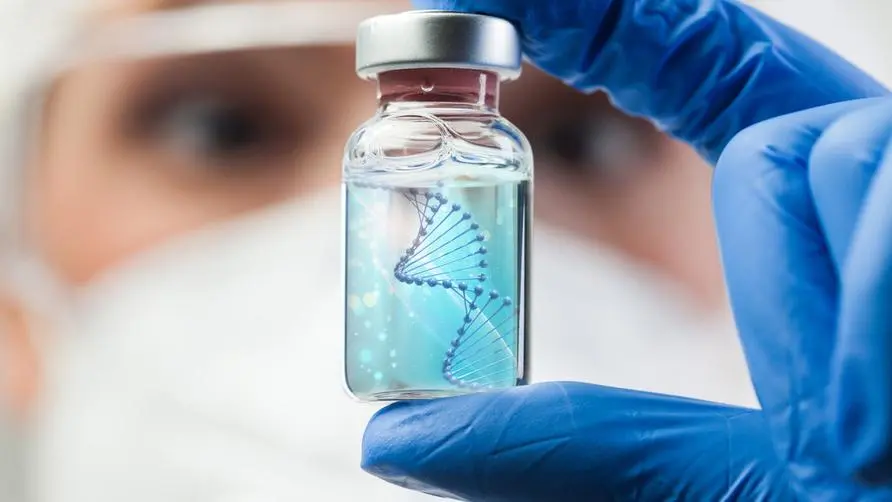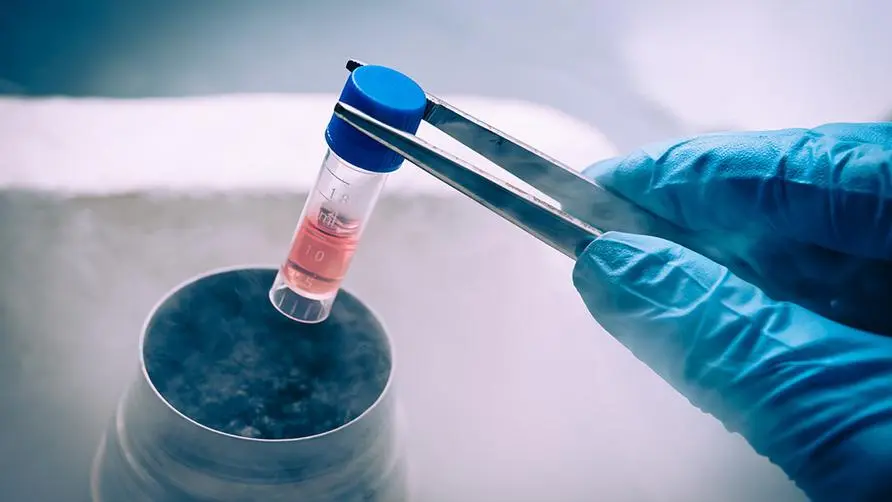Cell therapy is a new dawn for difficult-to-treat diseases? "Stem cell" activation and expansion improves feasibility

Understanding Cell Therapy: A New Dawn for Intractable Diseases
With the advancement of cell technology, according to the Cortellis database, as of the end of May 2022, there were 973 clinical trials of stem cell therapy worldwide, including cancer, spinal cord injury, stroke, ALS, dementia, osteoarthritis, Parkinson’s disease, lupus erythematosus, premature ovarian failure and other diseases. The Taiwan Ministry of Health and Welfare has also opened the “Regulations on the Implementation or Use of Specific Medical Technology Inspection and Inspection of Medical Instruments”, opening up cell therapy technology, which has become a new dawn for many difficult-to-treat diseases.
Stem cell extraction sources include bone marrow, umbilical cord blood, and peripheral blood. Peripheral blood hematopoietic stem cells are considered the best source of stem cells. Peripheral blood hematopoietic stem cells are also one of the methods to treat various blood diseases. Autologous peripheral blood hematopoietic stem cell transplantation has a high success rate, low invasiveness, wide range of therapeutic applications, and few side effects. , there is no advantage of rejection, the only fear is that there are not enough healthy autologous cells available, because when the number of isolated stem cells extracted from the human body is insufficient, it will easily fail when transplanted back to the human body for treatment.
Expansion of activated stem cells improves feasibility of cell therapy
Faced with the dilemma of worrying about the insufficient number of stem cells, ICARE Biotechnology’s I CARE PRP-Plus activated stem cell expansion is currently approved by the Taiwan Ministry of Health and Welfare, which cost hundreds of millions to build, and is a dedicated human organ preservation bank and US FDA approved The blood centrifugation equipment is used to prepare the platelets at a concentration of 1 million/mm3 per bottle. The activity is more than 20 times that of ordinary PRP. In addition, closed blood bags are used throughout the process and are produced in a sterile positive pressure space. After each preparation, The blood culture will be performed again to confirm that there is no bacterial infection before the patient will be vaccinated. This is an important breakthrough in the use of peripheral blood in clinical medical treatment.
Two major links in the clinical medical application of peripheral blood hematopoietic stem cells
Immunotherapy: First, the target cell line must be accurately selected. Through stem cell sorting technology, high-quality and highly active stem cells can be screened out and then expanded. This can be used for stem cell therapy or the expanded stem cells can be differentiated into immune cells. , applied to immunotherapy.
Stem cell therapy: Peripheral blood stem cell (PBSC) expansion technology, CD34+ HSCs (hematopoietic stem cells) less than 5% can reach a purity of more than 90% after 3 weeks of culture, and can be used in stem cell therapy, as well. It can be differentiated into immune cells and used in immunotherapy, or can be used for other experiments, such as target drug screening research and transplantation into mice for pharmaceutical verification.
In addition to regenerative medicine, Ivy Biotechnology also improves the shortcomings of traditional PRP such as low growth factor activity, failure to pass platelet quality inspection, and only one-day shelf life. It introduces growth factors with high activity, and the platelet concentration can reach 1 million/mm3 per bottle. It can reach 20 times the I CARE PRP + optimal bone therapy, and it also has the advantages of passing the platelet quality inspection, and if it is cryopreserved, the shelf life can be up to one year, giving people who want to take care of their joints a new way to upgrade their treatment. choose.
Further reading:





